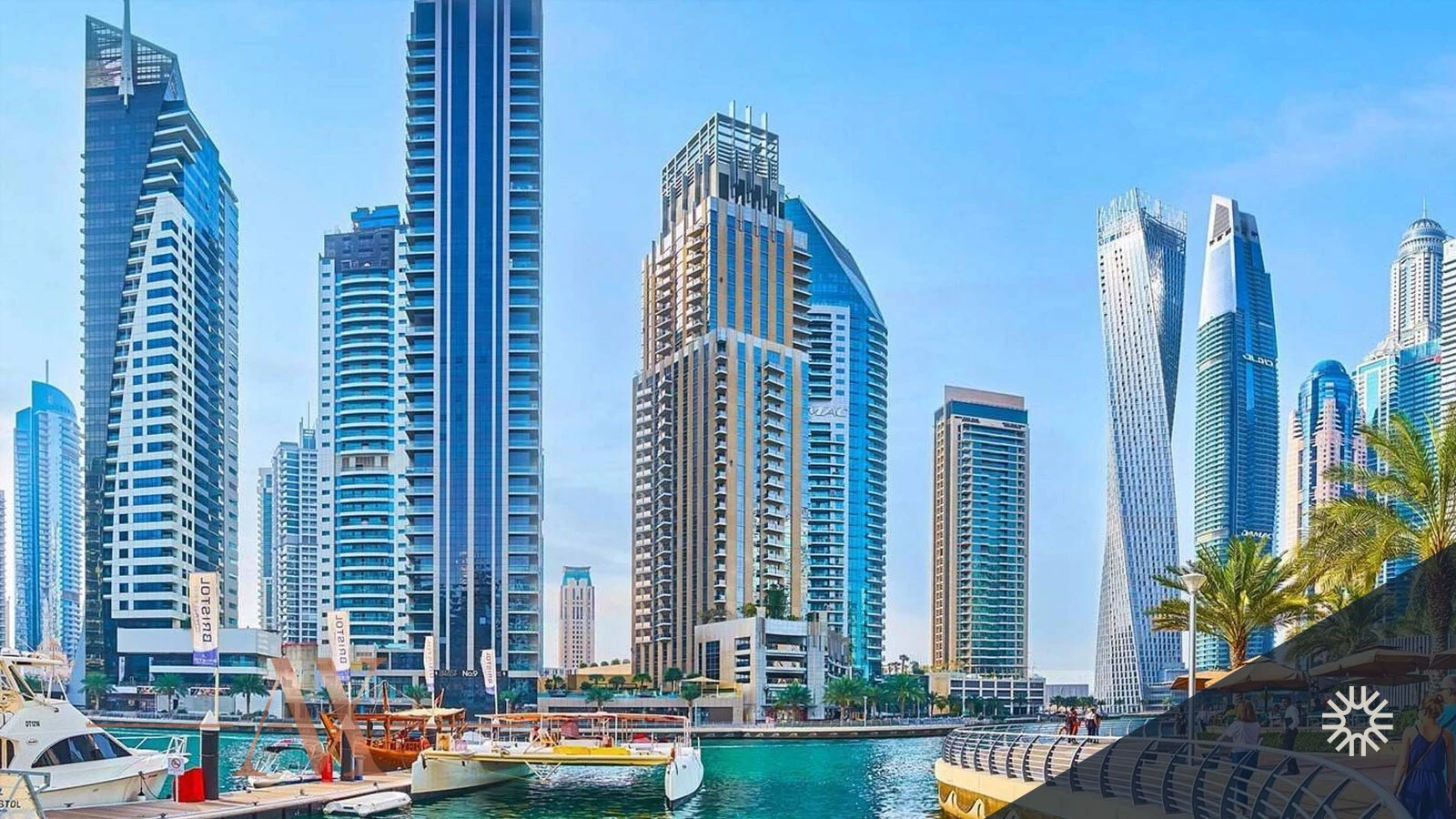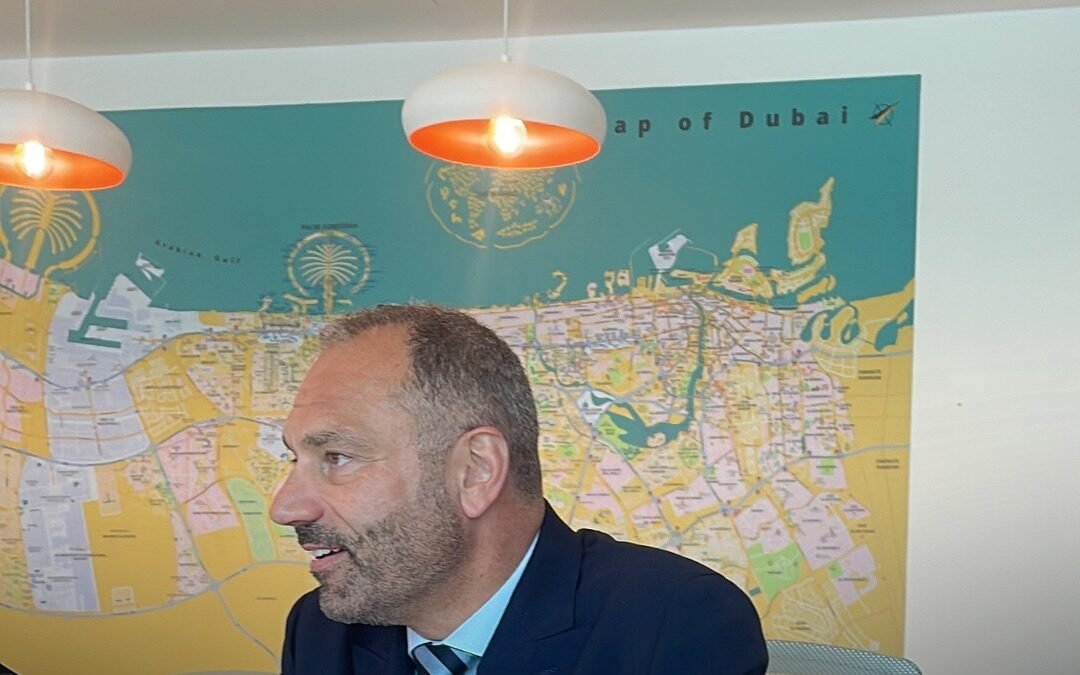Now Reading: UAE Property: 8 Mistakes Investors Make in Tax Declarations
-
01
UAE Property: 8 Mistakes Investors Make in Tax Declarations
UAE Property: 8 Mistakes Investors Make in Tax Declarations

Table of Contents
Mistakes Investors Makes: The UAE’s real estate market in 2025, with AED 893 billion ($243 billion) in 2024 transactions and 7-11% rental yields, attracts American and global investors to freehold areas like Dubai Marina, Saadiyat Island, and Al Marjan Island.
The 9% corporate tax, effective June 2023 under Federal Decree-Law No. 47 of 2022, and the 15% Domestic Minimum Top-up Tax (DMTT) for multinationals with revenues over €750 million (AED 3 billion) starting January 2025, require accurate tax declarations for corporate property investors. Below are eight common mistakes investors make in UAE tax declarations, along with guidance to ensure compliance with Federal Tax Authority (FTA) regulations while maximizing returns in a tax-free personal income environment.
1. Failing to Distinguish Personal vs. Business Income

Investors often misclassify rental income from personally owned properties (up to four, exempt from corporate tax) as business income, triggering a 9% tax. For example, a U.S. investor with three Jumeirah Village Circle (JVC) apartments earning AED 300,000 ($81,600) annually avoids tax if held personally but faces AED 27,000 in tax if declared under a licensed entity. Solution: Maintain separate records for personal and corporate holdings, registering personal properties with RERA but not FTA, ensuring 7-9% yields.
2. Overlooking Deductible Expenses
Corporate investors frequently underclaim deductions like maintenance, marketing, and loan interest, inflating taxable income. A company managing a AED 5 million ($1.36 million) Saadiyat Island villa with AED 1 million in expenses (e.g., repairs, broker fees) can save AED 90,000 in tax by deducting these, reducing taxable income. Solution: Keep detailed, seven-year records of expenses and consult FTA-accredited advisors to maximize deductions, boosting 6-8% net returns.
3. Ignoring Free Zone Tax Benefits
Investors with properties in free zones like Dubai Multi Commodities Centre (DMCC) or Ras Al Khaimah Economic Zone (RAKEZ) often fail to register as Qualifying Free Zone Persons (QFZPs), missing the 0% corporate tax rate. A fund earning AED 2 million ($545,000) from Al Marjan Island rentals could save AED 180,000 in tax. Solution: Ensure QFZP compliance with Decision 265 (local staff, office) and segregate mainland income, preserving 8-10% yields.
4. Non-Compliance with Transfer Pricing Rules
Investors with related-party transactions, such as a Dubai-based company paying management fees to a RAKEZ subsidiary, often neglect OECD transfer pricing rules, risking FTA adjustments. Mispricing a AED 3 million ($816,000) fee could incur AED 10,000 penalties. Solution: Maintain arm’s-length pricing documentation, filing annual reports within nine months of the financial year, ensuring tax efficiency for multisite portfolios.
5. Missing Filing Deadlines
Corporate investors frequently miss the nine-month tax return deadline (e.g., September 30 for a December year-end), incurring AED 10,000 penalties. A fund with AED 10 million ($2.72 million) in Yas Island rental income risks fines and audits for late filings. Solution: Use FTA’s online portal and engage RERA-registered agents to track deadlines, ensuring compliance and uninterrupted 7-9% returns.
6. Miscalculating Zakat for Muslim Investors
Muslim American investors often misapply Zakat (2.5% on wealth above Nisab, ~AED 25,000/$6,800), either overpaying by including non-trading property values or underpaying rental income. A company with AED 4 million ($1.09 million) in Ajman Corniche rentals should pay AED 100,000 in Zakat on income only. Solution: Consult Islamic scholars to clarify intent (trade vs. investment) and maintain annual valuations, aligning with 7-10% yields.
7. Incorrect VAT Treatment for Mixed-Use Properties
Investors with mixed-use portfolios (e.g., residential and commercial in Dubai South) often misapply VAT, charging 5% on exempt residential rentals or failing to reclaim VAT on commercial inputs. A AED 1 million ($272,000) commercial lease incurs AED 50,000 VAT, reclaimable if registered. Solution: Segregate residential (VAT-exempt) and commercial (5% VAT) transactions, registering for VAT if annual taxable supplies exceed AED 375,000, enhancing 6-8% returns.
8. Not Leveraging U.S.-UAE Double Taxation Agreement

American investors often overlook the U.S.-UAE double taxation agreement (DTA), missing credits for UAE taxes paid against U.S. liabilities. A company paying AED 90,000 in UAE tax on AED 1 million in Al Reem Island gains can offset U.S. corporate tax (21%). Solution: Report UAE income to the IRS, using Form 1118 for credits, and coordinate with FTA-accredited consultants to avoid double taxation, supporting 10-15% appreciation.
Why These Matter for American Investors
Avoiding these mistakes preserves UAE’s 7-11% yields, outpacing global markets like New York (4.2%). Freehold ownership, no personal income tax, and visa programs (2-year Investor Visa for AED 750,000, Golden Visa for AED 2 million) drive demand, with 45% of Dubai’s 2025 buyers being foreign. Proximity to Dubai International Airport (20-45 minutes) adds value. Proper tax declarations ensure compliance in a market projecting 5-8% price growth.
Market Outlook and Challenges
The UAE anticipates 10-15% appreciation in zones like Saadiyat Island, but the DMTT’s 15% rate for MNEs and AML compliance costs pose challenges. A potential 10-15% correction in 2026 due to oversupply (41,000 Dubai units) requires vigilance. Non-compliance risks FTA penalties, emphasizing the need for expert guidance from RERA-registered agents.
Conclusion
Misclassifying income, overlooking deductions, ignoring free zone benefits, non-compliant transfer pricing, missing deadlines, miscalculating Zakat, incorrect VAT treatment, and neglecting the U.S.-UAE DTA are eight tax declaration mistakes UAE property investors must avoid in 2025. Correcting these ensures compliance, maximizes 7-11% ROI, and aligns with American investor goals. Expert guidance secures long-term wealth in Dubai, Abu Dhabi, and Ras Al Khaimah’s dynamic market. Investors Make in Tax Declarations
read more: UAE Real Estate: 7 Strategic Tax Moves Before You Sell Property





















